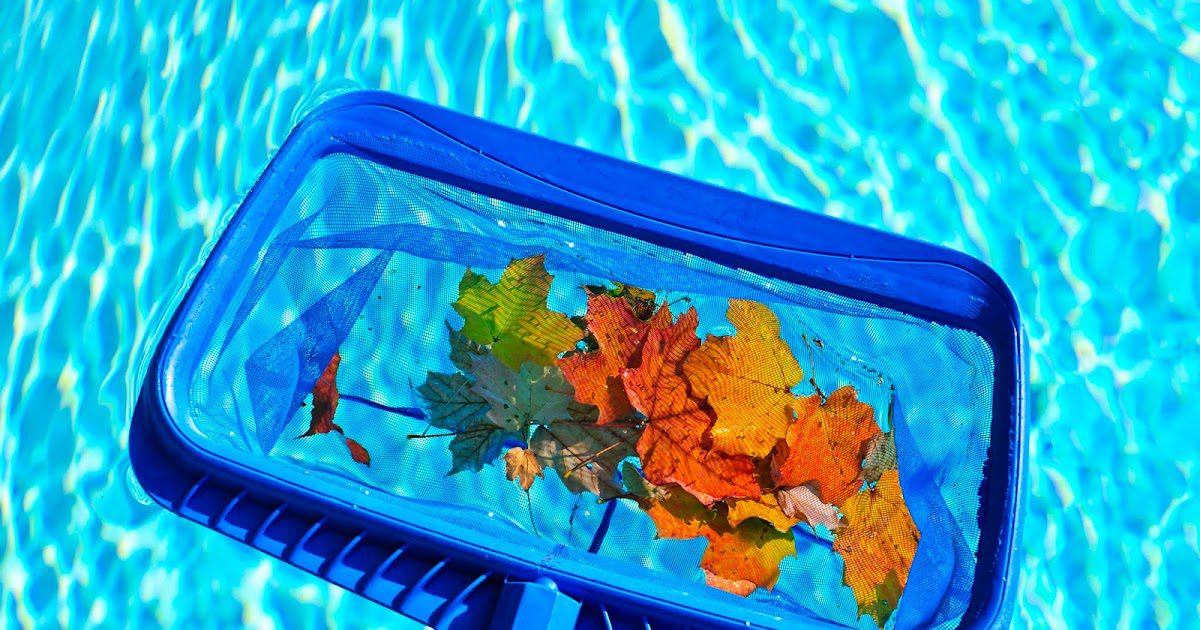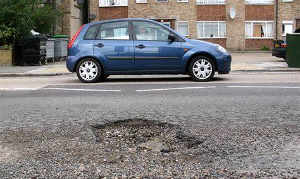How to Winterize Your Pool

With cooler temperatures settling in, many may be thinking it’s time to winterize their pools for the season. Taking the steps to properly close your pool can save you a lot of time and money when it’s time to reopen it next summer. The last thing you’ll want to do is remove your pool cover to reveal a grimy, murky mess. To help you take out the guesswork, we’ve put together a step-by-step guide to properly winterizing your pool. Continue reading to learn more.
Preparation
The first step in winterizing your pool will be to prepare your tools. Unless this is your first year owning a pool, there is a good chance you will have the majority of these things on hand. Here’s what you’re going to need when it comes to tools:
Weather-resistant winter pool coverPool vacuumWinter pool plugs for return jetsSkimmerWet-dry vac or air compressorTools for removing ladders and installing gate locksWater test stripsPool brush
Here’s what you’ll need for chemicals:
Chlorine (or another sanitizer)pH increaser and decreaserAlkalinity increaserCalcium hardness increaserAlgaecidePool shockPool enzymes
Step 1: Clean the Pool
Before you do anything else, you’ll need to give your pool a thorough cleaning. Using your pool brush, be sure to scrub down your pool walls. This can help you kick up any algae or dirt that may be stuck at the bottom of your pool. Once that is complete, you can use your pool vacuum to suck up all the muck that was kicked up after your brushing. If you notice signs of algae growth, you might consider purchasing an algae brush. These are made specifically to break up algae, making it easier for the chemicals you’ll be adding to do their job.
Step 2: Test the Water
Balancing the water’s levels (pH, alkalinity, etc.) right before closing the pool can give you a serious head start for the coming season. It’s important to know that when your pool is properly balanced, it is more protected from things like extreme clouding or corrosion. Cleaning up that murky mess can be costly! Pro-tip: your water’s chlorine level should be five ppm (parts per million). Any higher and it starts to deteriorate the other additives you’ve used.
Step 3: Add Winterizing Chemicals
Once your chlorine levels are balanced, it’s time to add in your other winterizing chemicals.
Algaecide and Pool Enzymes:
Algae is something that can grow and build up quickly. If your pool is prone to algae growth, be sure to add in a dose of algaecide. You can also add in pool enzymes which help algaecide attack organic contaminants.
Metal Sequestrant:
Depending on the amount of algaecide you use and the natural level of metals in your water, you may need to add a metal sequestrant as well. A metal sequestrant helps to suspend those metals in the water, rather than having them settle, oxidize, and cause stains. For best results, be sure to read instructions on all chemicals you use.
Step 4: Shock Your Pool
It’s important to know that you should only shock your pool after the sun has gone down. This is because the sun can burn off those chemicals before they have the chance to work. Be sure to measure out the correct amount of shock for your specific pool size. Once you’ve added the chemicals, you’ll want to run your pump for about eight hours.
Step 5: Prep Your Filter Pump
Next, you’ll either want to give your filter pump a deep cleaning or replace it entirely. Without a clean filter, you risk all that gunk contaminating your newly cleaned water and bacteria growing all winter long.
Step 6: Lower the Water Levels
While this isn’t something that you have to do, draining out some of the water in the pool can help prevent freeze damage. This is a good idea if you live in places like New York State, where your pool pipes are at risk for freezing during the winter months. If this is something you choose to do, you’ll want to contact the authorities about where the wastewater should go. Because it’s been chemically treated, it can be extremely toxic and cause environmental damage. Be sure to check your owner’s manual for directions on how low to take the water line.
Step 7: Remove and Clean Any Pool Accessories
Prolonged exposure to chemicals and winter elements can damage the finish and even the structure of your ladder, rails, and pool toys. Be sure to remove these items from the pool area, give them a thorough cleaning and place them in dry storage.
Step 8: Install Your Cover
Your next step will be to install your winter cover. A cover will help to keep the pool water clean and safe from debris and other contaminants. You’ll want to check on your pool cover occasionally, making sure to clean off any leaves or snow . Never use a rake, shovel, or anything sharp to clean your pool cover, as it may tear. A regular push broom should do the trick.
Step 9: Security
If you have an above ground or gated pool, your final step will be to lock up the area for the season. Removing immediate access to the area can help reduce the likelihood a child or animal may injure themselves by climbing on top of the pool cover or falling through the ice.
Something else to consider adding to your pool winterizing checklist is a home insurance checkup. In order to make sure you are protected against any pool-related incidents, you’ll want to contact your insurance agent. For more information about a home insurance policy with NYCM Insurance, check out the link below to speak with one of our trusted agents.





